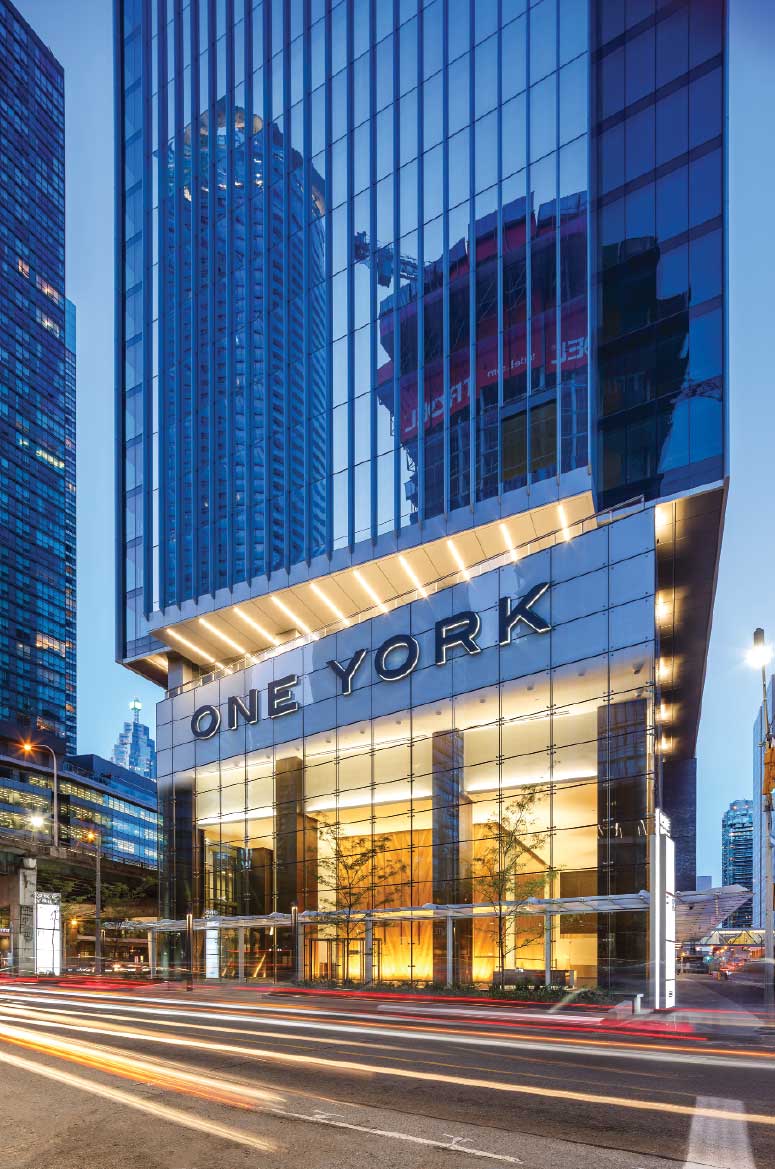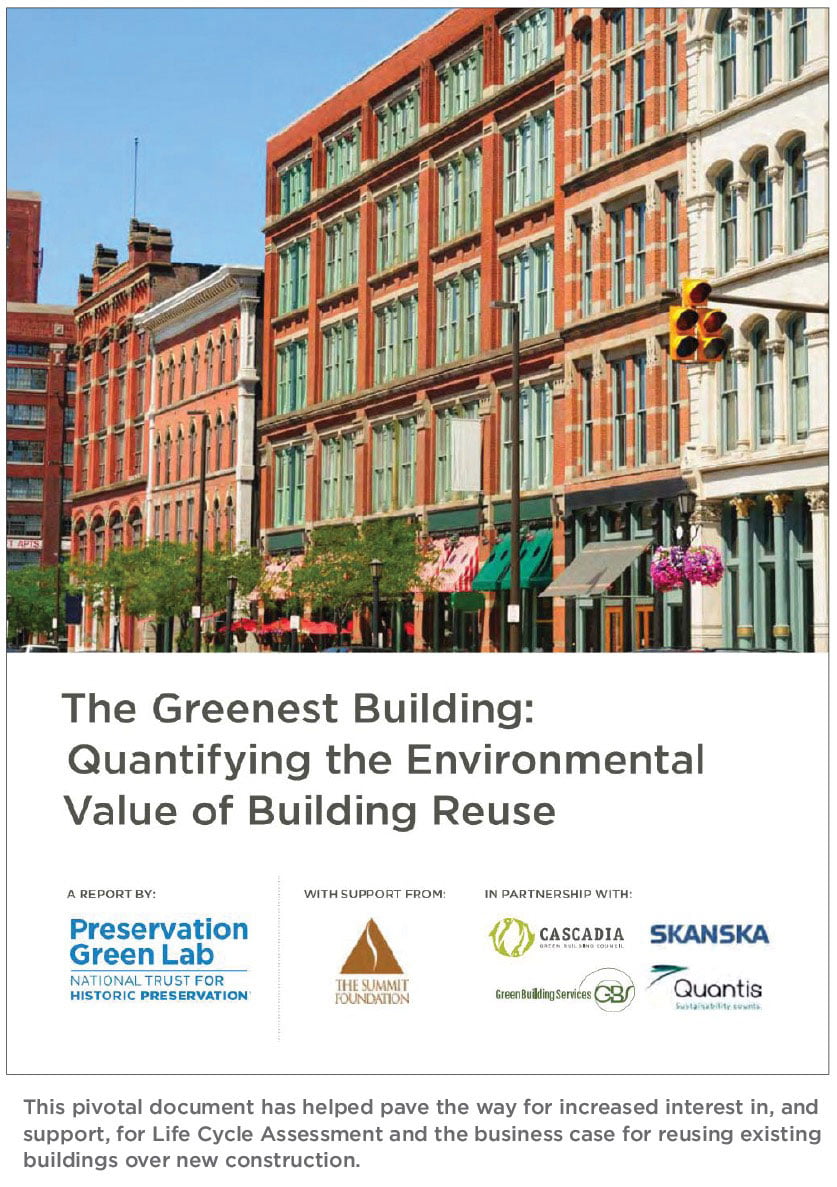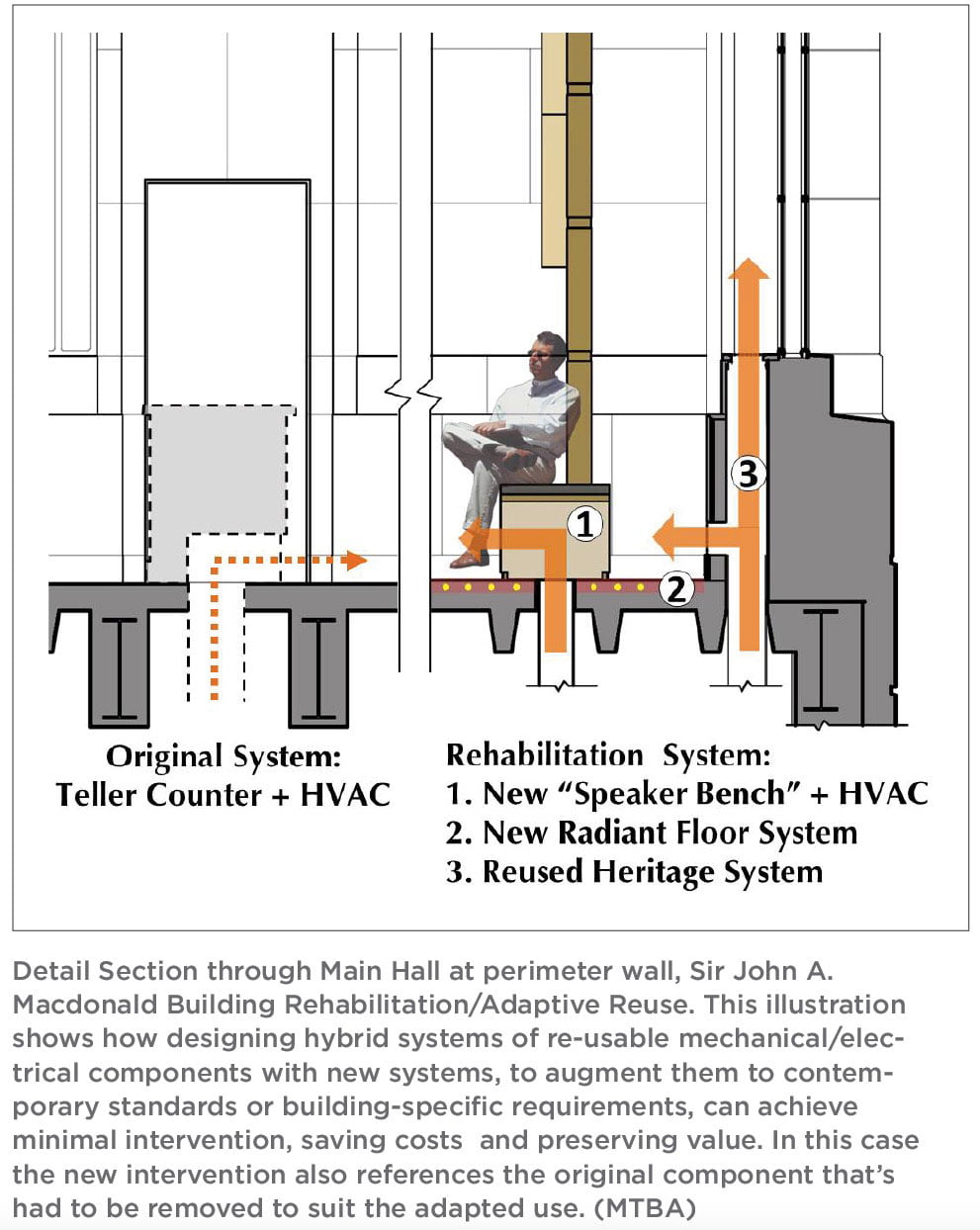Harnessing the Power of Existing and Historic Buildings for the Low-Carbon Retrofit Economy
The architectural and engineering professions, and essentially the entire industry, will need to re-define itself over the next five to ten years to accommodate a dramatic move towards what has become known as “The Retrofit Economy” and “The Low-Carbon Economy”. In order to achieve this evolution at an adequate rate, we need new ways of thinking, new tools and new attitudes about what constitutes “cool”. One of these ways of thinking is the realization of the connections between natural and cultural conservation.
By Mark Thompson Brandt
“Heritage conservation contributes to creating a sustainable built environment & resilient communities.”
All Federal, Provincial and Territorial jurisdictions in Canada have endorsed the above policy statement to underpin the development of “Building Resilience”, which provides pan-Canadian guidelines for responsible and sustainable stewardship of built heritage and an approach for preserving value of all existing built resources.
Cultural and natural conservation are inter-related and integrated in providing and maintaining sustainable living, and in preserving what we value. So how can we adapt the lessons of heritage conservation more broadly to our wider existing building stock? One way is through the use of or the “Building Resilience” document, the national sustainable rehabilitation and retrofit guide, and companion document to Canadian National Conservation Standards and Guidelines. Other resources include online design tools such as:
* The Association for Preservation Technology’s “OSCAR”
* Sustainable Traditional Building Alliance’s “Guidance Wheel”
The important need for obtaining a heightened and thorough awareness of the existing building, its evolution and its systems, concealed elements, and a broader range of characteristics and behaviour – not just a set of as-found plans – is especially emphasized. The Guidelines encourage this through preparing a checklist toward developing a value-based approach.
Next: The low carbon economy = Restoration/retrofit economy
As Canada, and the rest of the world, drives a quest to meet carbon reduction targets, it is becoming increasingly obvious that the economic direction in general will be greatly influenced by this massive effort. The environment and the economy are intrinsically linked. In fact, many economists are now labelling the coming economic outlook as the “Low-Carbon Economy”.
With existing buildings accounting for so much of the resource use and carbon generation, it is therefore apparent that the market is adapting. Rehabilitating and greening buildings is becoming a major force of economic activity in itself. Some are calling deep-green building retrofits “The Greatest New Growth Frontier”. Consider the facts for existing building rehab activity and its comparison with new buildings:
• Re-investment Driven: $1T annually; $100T inventory [U.S.]
• Next 10 years: 34% new; 66% rehab
• Following 10 years: 10-20% new; 80-90% rehab
(Storm Cunningham: The Restoration Economy: The Greatest New Growth Frontier, 2002.)
Still, other economists are dubbing this coming change, the “Restoration/Retrofit Economy”. A number of recent scientific studies and analyses are coming out in support of this prediction. One that has been foundational for this field of review was, “The Greenest Building: Quantifying the Environmental Value of Building Reuse”, by the Preservation Green Lab, an arms-length initiative of the U.S. National Trust for Historic Preservation and backed by some serious granting institutions and commercial entities.









